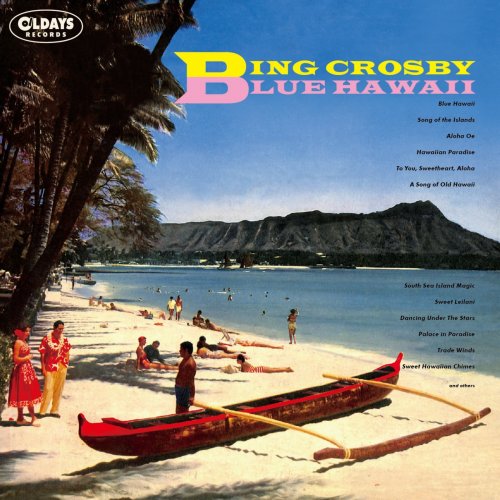Earl Hines - Eight Classic Albums: 1951-1961 (2017)
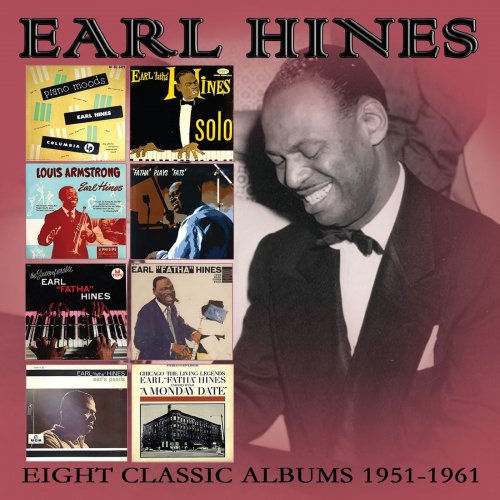
Artist: Earl Hines
Title: Eight Classic Albums: 1951-1961
Year Of Release: 2017
Label: Enlightenment
Genre: Jazz
Quality: FLAC (tracks)
Total Time: 5:04:49
Total Size: 975 MB
WebSite: Album Preview
Tracklist:Title: Eight Classic Albums: 1951-1961
Year Of Release: 2017
Label: Enlightenment
Genre: Jazz
Quality: FLAC (tracks)
Total Time: 5:04:49
Total Size: 975 MB
WebSite: Album Preview
01. Rosetta
02. When I Dream of You
03. You Can Depend on Me
04. Diane
05. Velvet Moon
06. I Hadn't Anyone Till You
07. These Foolish Things
08. Deed I Do
09. Deep Forest
10. Everything Depends on You
11. Am I Too Late
12. Blues for Tatum
13. In San Francisco
14. Ann
15. You Can Depend on Me (1956)
16. When I Dream of You (1956)
17. R.R. Blues
18. Straight to Love
19. Piano Man
20. My Monday Date
21. Basin Street Blues
22. Weather Bird (Rag)
23. No, Papa, No
24. Muggles
25. St. James Infirmary
26. Tight Like This
27. West End Blues
28. Skip the Gutter
29. Two Deuces
30. Sugar Foot Strut
31. Squeeze Me
32. Don't Jive Me
33. Jitterbug Waltz
34. Black and Blue
35. Blue Turning Grey over You
36. Honeysuckle Rose
37. Squeeze Me (1956)
38. Ain't Misbehavin'
39. Keepin' out of Mischief Now
40. I Can't Give You Anything but Love
41. I'm Gonna Sit Right Down (And Write Myself a Letter)
42. Hollywood Hop
43. If I Had You
44. I Can't Believe That You're in Love with Me
45. Nice Work If You Can Get It
46. Almost Like Being in Love
47. The Web
48. A Jumpin' Something
49. I'm a Little Blackbird Looking for a Bluebird
50. Humoresque
51. Pennies from Heaven
52. New Orleans
53. Gone with the Wind
54. Love Is Just Around the Corner
55. You're Getting to Be a Habit with Me
56. Hallelujah
57. I Got It Bad
58. Royal Garden Blues
59. Save It Pretty Mama
60. If I Could Be with You
61. Walkin' My Baby Back Home
62. Moonlight in Vermont
63. Makin' Whoopee
64. Muskrat Ramble
65. Am I Wasting My Time on You
66. Saint Louis Blues Boogie-Woogie
67. Tea for Two
68. Stealin' Apples
69. Willow Weep for Me
70. I Can't Believe That You're in Love with Me (1958)
71. Rosetta (1960)
72. Like When the Saints
73. Satin Doll
74. Manhattan
75. You Can Depend on Me (1958)
76. Love Me or Leave Me
77. The Song Is Ended
78. Monday Date
79. Bill Bailey, Won't You Please Come Home
80. Do You Know What It Means to Miss New Orleans
81. Lonesome Road
82. Squeeze Me (1961)
83. Limehouse Blues
84. West End Blues (1961)
85. Yes Sir, That's My Baby
86. Caution Blues
87. Mandy, Make up Your Mind
88. A Closer Walk with Thee
89. Clarinet Marmalade
One of the most influential figures in the development of jazz piano and, according to one major source; one of a small number of pianists whose playing shaped the history of jazz , Born on December 28th 1903 in Duquesne, Pennsylvania,12 miles from Pittsburgh city center, his father, Joseph Hines, played cornet and was leader of Pittsburgh's Eureka Brass Band, his stepmother was a church organist. Hines intended to follow his father on cornet but blowing hurt him behind the ears, while the piano didn't. The young Hines took classical piano lessons at eleven, he was playing the organ in his local Baptist church but he also had a good ear and a good memory and could re-play songs and numbers he heard in theaters and park 'concerts.' In 1925, Hines moved to Chicago, The city was then the world's jazz capital, home to Jelly Roll Morton and King Oliver. In the poolroom at Chicago's Musicians' Union Hines met Louis Armstrong. Hines was 21, Armstrong 24. They played together at the Union piano. Armstrong was astounded by Hines's avant-garde trumpet-style piano-playing, often using dazzlingly fast octaves so that on none-too-perfect upright pianos they could hear me out front. Armstrong and Hines became good friends and Armstrong joined Hines in Carroll Dickerson's band at the Sunset Cafe. In 1927, this became Louis Armstrong's band under the musical direction of Hines. Later that year, Armstrong revamped his Okeh Records recording-only band, Louis Armstrong's Hot Five and replaced his wife Lil Hardin Armstrong on piano with Hines. Armstrong and Hines then recorded what are often regarded as some of the most important jazz records ever made. Armstrong and Hines however fell out in late 1927 and Hines left the group. On December 28, 1928, six weeks before the Saint Valentine's Day massacre Hines opened at Chicago's Grand Terrace Cafe leading his own big band, the pinnacle of jazz ambition at the time, and for the next 12 years and through the worst of the Great Depression and Prohibition, Hines' band was The Orchestra at The Grand Terrace. The Hines Orchestra had up to 28 musicians and did three shows a night at The Grand Terrace; they were to Chicago what Duke Ellington and The Cotton Club were to New York. The Grand Terrace was controlled by Al Capone, so Hines became Capone's Mr Piano Man with the Grand Terrace upright piano soon replaced by a white $3,000 Bechstein grand. From The Grand Terrace, Hines and his band broadcast on open mikes over many years, sometimes seven nights a week, coast-to-coast across America Chicago being well placed to deal with the U.S. live-broadcasting time-zone problem. Earl Hines' became the most broadcast band in America. Among his listeners were a young Nat King Cole and Jay McShann in Kansas City, who said his real education came from Earl Hines. When 'Fatha' went off the air, I went to bed. But Hines' most significant student was Art Tatum. Each summer, Hines toured his whole band for three months, including through the South the first black big-band to do so. The Grand Terrace Cafe had closed suddenly in December 1940 and the 37-year-old Hines, always famously good to work for, took his band on the road full-time for the next 8 years, resisting renewed offers from Benny Goodman to join his band. Several of the Hines band members were drafted to fight in World War II, six members being drafted in 1943 alone. As a result, on 19 August 1943, Hines had to cancel the rest of his Southern tour. He went to New York and hired a 'draft-proof' 12-piece all-women group, which lasted two months. Next, Hines expanded it into a 28-piece band (17 men, 11 women) including strings and French horn.
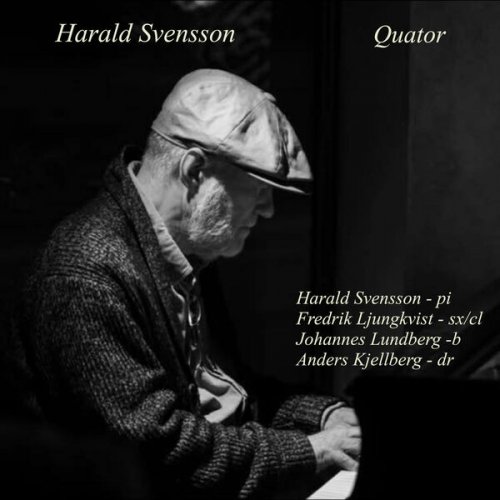

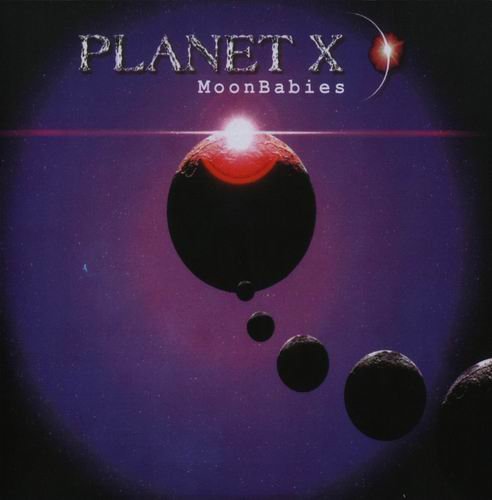
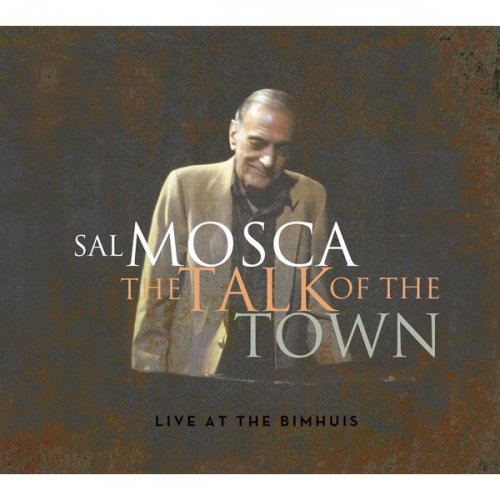

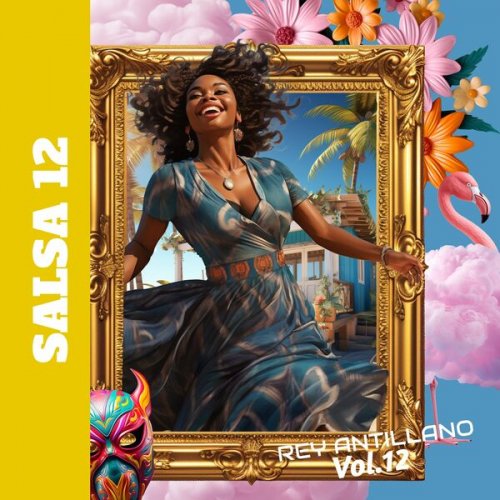
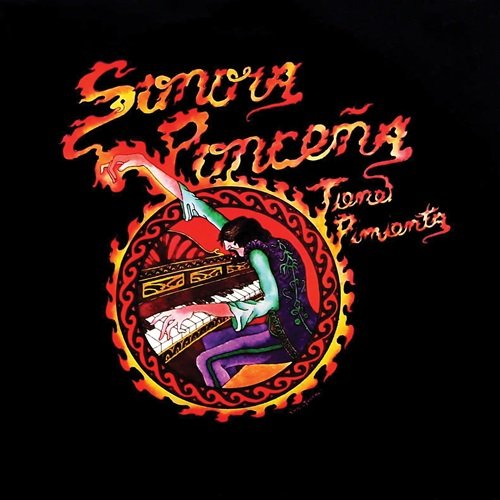
![Ben Aylon, Roei Hermon - SMALL ROOM IN DAKAR (2025) [Hi-Res] Ben Aylon, Roei Hermon - SMALL ROOM IN DAKAR (2025) [Hi-Res]](https://www.dibpic.com/uploads/posts/2025-12/1765640683_pl8lfacmwajwc_600.jpg)
